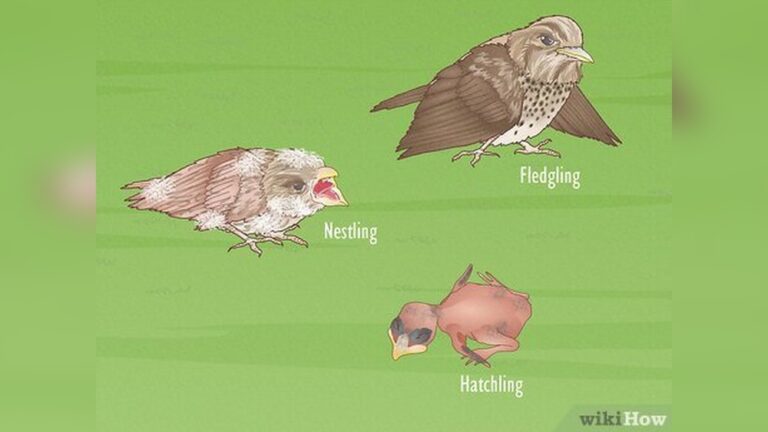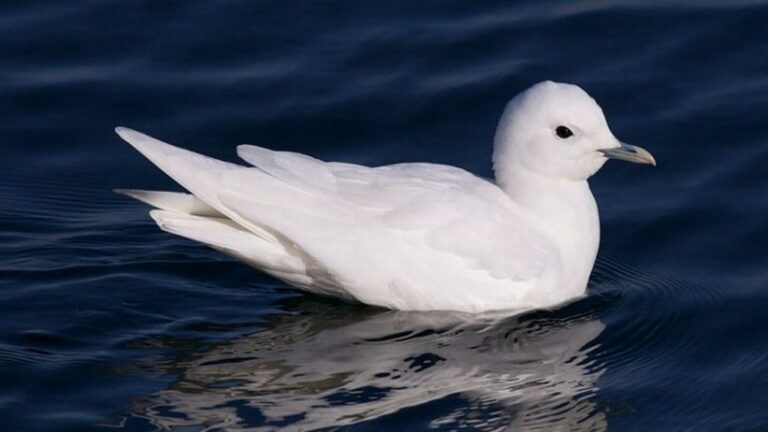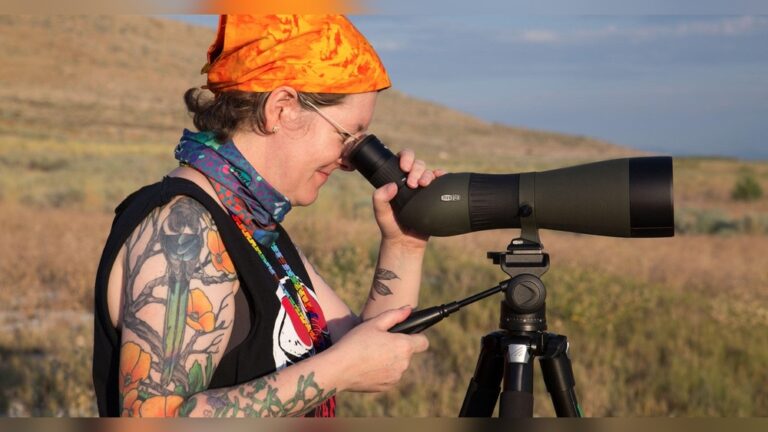Best Birding Sites In Minnesota
Are you ready to discover some of the best places to watch birds in Minnesota? Whether you are a seasoned birdwatcher or just starting out, Minnesota offers amazing spots where you can see a variety of beautiful birds up close.
Imagine standing quietly as colorful feathers flash by, hearing the songs of rare species, and feeling connected to nature like never before. You’ll find the top birding sites that promise unforgettable experiences. Keep reading to find your next birdwatching adventure and learn where to go for the best sightings in Minnesota!
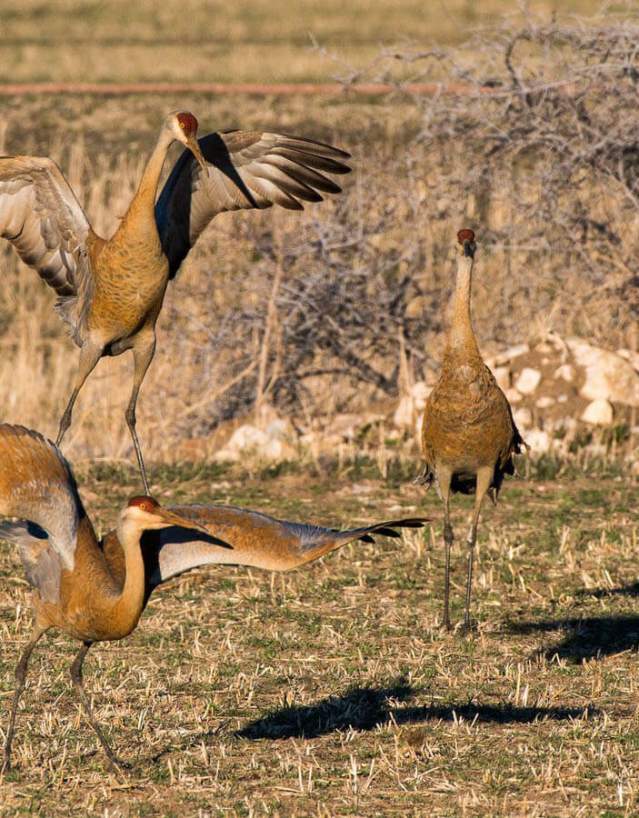
Credit: travelwyoming.com
Top Birding Spots
Minnesota offers many great places for bird watchers. These spots are perfect for seeing a wide variety of birds. Each location has unique features that attract different bird species. Exploring these sites can bring joy to beginners and experts alike.
Prepare your binoculars and enjoy the peaceful natural beauty at these top birding spots in Minnesota.
Minnesota Valley National Wildlife Refuge
This refuge is home to many birds, including waterfowl and songbirds. Trails run along the river, making it easy to spot birds. Visitors often see eagles, herons, and woodpeckers here. The refuge offers quiet places perfect for bird watching.
Point Douglas Park
Point Douglas Park sits near the Mississippi River. It attracts migratory birds during the spring and fall. The park’s wetlands and forests provide good habitats for birds. Bird watchers can find warblers, ducks, and hawks in this area.
Sibley State Park
Sibley State Park has a mix of prairie and woodland habitats. It is a great place to see grassland birds and forest species. Visitors often spot meadowlarks, sparrows, and owls. The park’s trails offer excellent bird watching opportunities.
Sherburne National Wildlife Refuge
Sherburne Refuge features wetlands, forests, and grasslands. These habitats attract many types of birds all year round. Sandhill cranes and waterfowl are common sights. The refuge provides observation decks and trails for easy viewing.
Rice Lake National Wildlife Refuge
Rice Lake Refuge is known for its large waterfowl populations. It hosts thousands of ducks and geese in migration seasons. The refuge also shelters songbirds and raptors. Visitors enjoy peaceful walks and bird photography here.
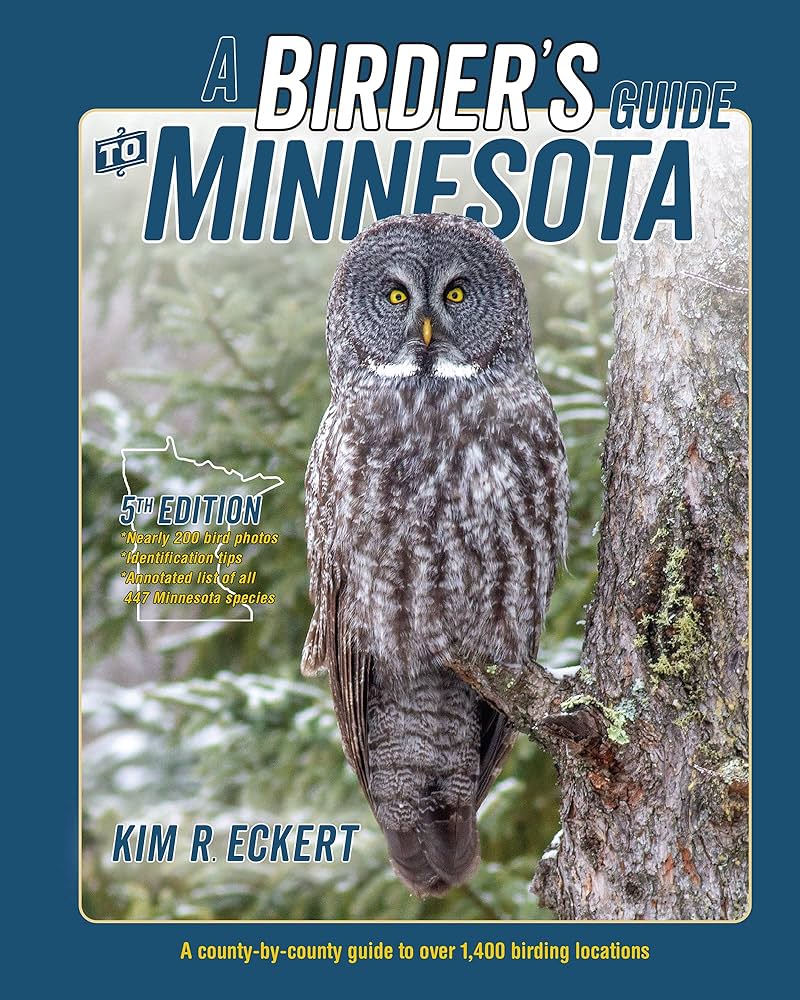
Credit: www.amazon.com
Seasonal Birding Highlights
Minnesota offers unique birdwatching opportunities all year. Each season brings different birds and behaviors. This makes the state a favorite among bird lovers. Watching birds change with the seasons is a special experience. Below, explore the highlights of birding through the year in Minnesota.
Spring Migration
Spring is a busy time for birds traveling north. Many species stop in Minnesota to rest and eat. Warblers, thrushes, and hawks pass through in large numbers. Birders enjoy spotting colorful migrants in forests and wetlands. It is a perfect time to see new arrivals after winter.
Summer Nesting Birds
Summer brings nesting and raising young birds. Songbirds such as orioles and tanagers build nests. Water birds like loons and herons care for their chicks. Birders can watch families in natural habitats. This season offers a chance to see birds up close and active.
Fall Migration
Fall migration is another peak period for birdwatching. Birds head south, often in large flocks. Hawks and waterfowl are common sights during this time. The colors of birds and trees blend beautifully. It is an exciting time to track moving flocks across the sky.
Winter Birdwatching
Winter in Minnesota reveals hardier birds that stay year-round. Chickadees, woodpeckers, and cardinals brighten snowy landscapes. Some waterfowl survive in open waters. Bird feeders attract many species, making backyard birding fun. Winter birdwatching shows nature’s resilience and beauty.
Bird Species To Spot
Minnesota offers a rich variety of bird species. This makes it a top spot for bird watchers. The state’s diverse habitats attract many types of birds throughout the year. Each group of birds adds a unique charm to the birding experience. Here is a look at some common bird groups you can spot in Minnesota.
Waterfowl And Ducks
Waterfowl are among the most common birds in Minnesota’s lakes and rivers. Ducks like mallards and wood ducks are easy to find. Other species include northern pintails and canvasbacks. These birds often gather in large flocks during migration. Their colorful feathers and interesting behaviors make them popular.
Songbirds And Warblers
Songbirds fill Minnesota’s forests and parks with music. Warblers are small, bright birds that catch the eye. Species such as the yellow warbler and black-throated green warbler appear in spring. These birds are active and often seen flitting through trees. Bird watchers enjoy their vibrant colors and cheerful songs.
Raptors And Hawks
Raptors soar high in Minnesota’s skies. Hawks like the red-tailed and Cooper’s hawk hunt in open fields. Bald eagles are a majestic sight near large water bodies. Owls also live in the state, active mostly at night. These birds are strong and skilled hunters.
Shorebirds And Waders
Shorebirds frequent Minnesota’s wetlands and shorelines. Sandpipers and plovers move along muddy shores searching for food. Great blue herons and egrets stand still in shallow waters waiting to catch fish. These birds have long legs and sharp beaks. Their graceful movements make them fascinating to watch.
Birding Tips For Minnesota
Birding in Minnesota offers a unique chance to see many bird species. Knowing the right tips can make your experience better. Simple preparation helps you enjoy bird watching more.
Here are some useful birding tips for Minnesota. They cover the best times to visit, what gear to bring, guided tours, and photography advice.
Best Times To Visit
Spring and fall are the best seasons for birding in Minnesota. Many birds migrate during these times. Early mornings are great to hear and see birds. Avoid windy or rainy days to spot more birds.
Essential Gear
Bring binoculars to see birds clearly. Wear comfortable shoes for walking. Dress in layers to adjust to weather changes. Carry a field guide or bird ID app. A notebook helps you record your sightings.
Guided Tours And Local Experts
Local guides know the best birding spots. Join guided tours to learn from experts. They can help you find rare birds. Tours also teach you about bird behavior and habitat.
Photography Tips
Use a camera with a zoom lens for close shots. Shoot in early morning light for better photos. Stay quiet and move slowly to avoid scaring birds. Focus on the bird’s eye for sharp images.
Conservation And Birding Ethics
Birding in Minnesota offers a unique chance to see many beautiful birds. This joy comes with a big responsibility. Conservation and birding ethics guide us to protect these natural treasures. Following these rules helps keep bird habitats safe and ensures birds stay healthy.
Protecting Habitats
Birds need safe places to live, feed, and breed. Avoid stepping on plants or disturbing nests. Stay on marked paths to protect fragile areas. Support local efforts that preserve wetlands and forests. Healthy habitats mean more birds for everyone to enjoy.
Respecting Wildlife
Keep a safe distance from birds and animals. Do not try to touch or feed them. Use binoculars or cameras to watch quietly. Loud noises can scare birds away or harm their young. Respect helps birds stay calm and safe during your visit.
Leave No Trace Practices
Take all trash with you after your trip. Do not leave food scraps or litter behind. Avoid picking plants or moving natural objects. Leave the site as you found it for future visitors. Clean habits protect the environment and the birds.
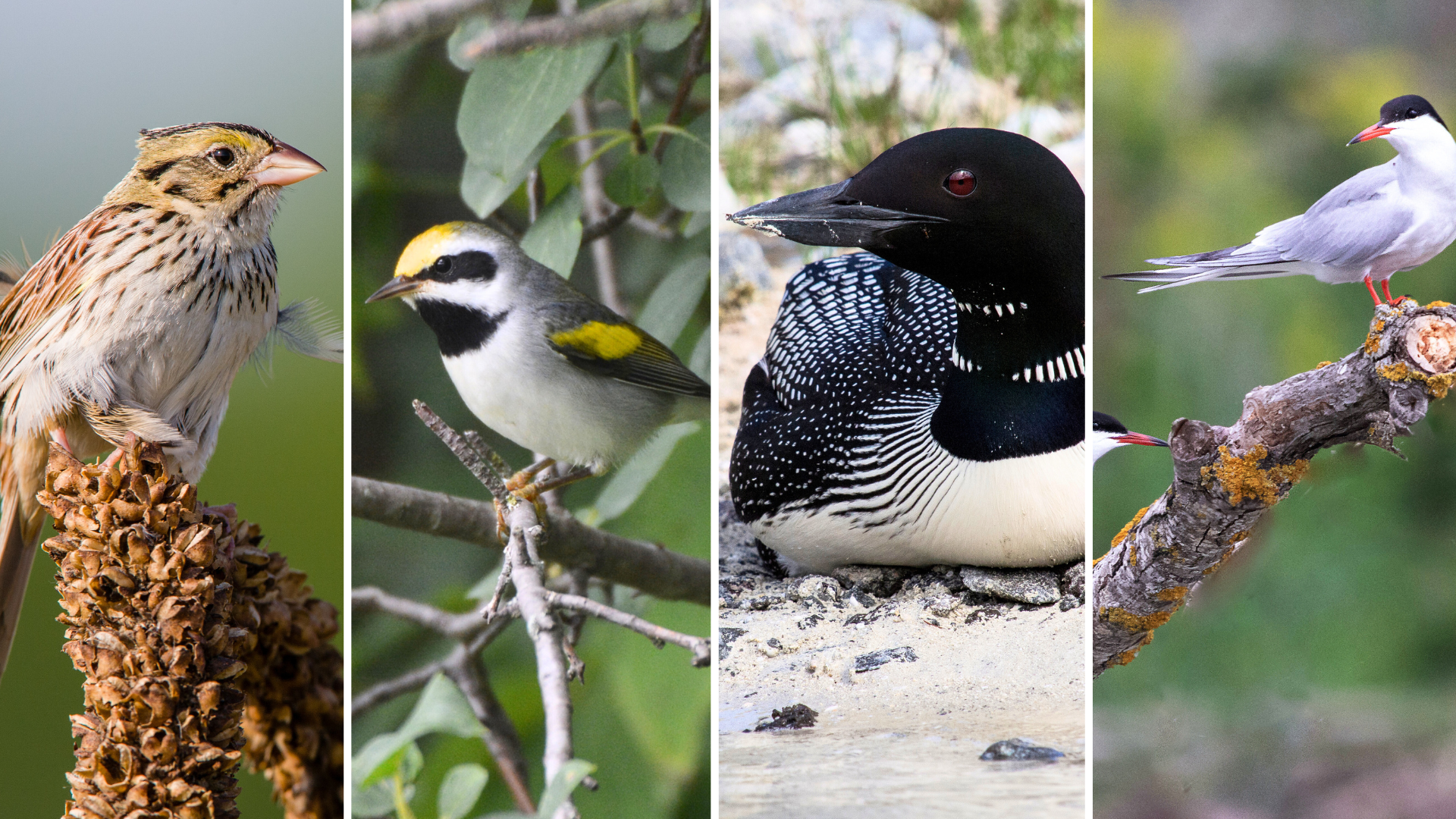
Credit: mnland.org
How Smart Pets Lover Can Help You with Best Birding Sites In Minnesota
Learning Through Birding: Turning Minnesota’s Best Sites into Outdoor Classrooms
Exploring Minnesota’s top birding spots offers more than just the joy of spotting colorful feathered friends—it’s a hands-on way to deepen your understanding of bird species and their seasonal behaviors. As you wander through these habitats, keeping birding tips in mind can transform each outing into a practical lesson in observation and conservation. For example, noting how different species shift with the seasons enriches your connection to the natural rhythms highlighted earlier in this article.
At Smart Pets Lover, we believe that every outdoor adventure is an opportunity to grow as responsible nature enthusiasts. Familiarizing yourself with birding ethics while visiting these sites helps protect the environments that sustain our avian companions. If you’re eager to learn more or share your experiences, connecting with local birding groups or conservation organizations in Minnesota can provide valuable insights and community support.
Remember, each birding trip is a chance to nurture your curiosity and respect for wildlife—where every chirp truly tells a story worth listening to.
Frequently Asked Questions
What Are The Top Birding Sites In Minnesota?
Minnesota’s top birding sites include Sax-Zim Bog, Agassiz National Wildlife Refuge, and Minnesota Valley National Wildlife Refuge. These areas offer diverse habitats attracting rare and common bird species year-round.
When Is The Best Time For Birding In Minnesota?
The best birding time in Minnesota is during spring and fall migrations. These seasons feature high bird activity and variety, making it ideal for spotting different species.
Which Birds Can I Spot In Minnesota Birding Locations?
Minnesota birding sites host species like bald eagles, warblers, sandhill cranes, and owls. Seasonal migrations bring rare sightings, enhancing birdwatching experiences.
Are There Guided Birding Tours Available In Minnesota?
Yes, Minnesota offers guided birding tours led by experts. These tours provide insights into bird behavior, habitats, and identification tips for all skill levels.
Conclusion
Minnesota offers many great places for bird watchers. Each site has unique birds and beautiful views. Visiting these spots brings peace and fun outdoors. Take your time to explore and enjoy nature’s wonders. Don’t forget your binoculars and a good guidebook.
Birding here can be a relaxing and exciting hobby. Plan your visit soon and see what birds you find!

